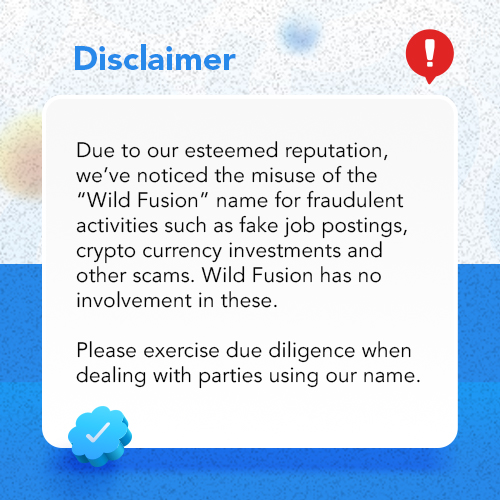Search engine copywriting is a field that continues to develop each and every day. Copywriting as a field continues to grow but this particular niche is growing at a much faster rate than the overall field. As the Internet continues to grow, more and more companies are relying up on the Internet for a higher percentage of sales. This will ensure that search engine copywriting and the services of an SEO Expert will continue to be in demand.
Great copywriting is all about capturing the attention of your audience. When you do that, the search engines will follow! Search Engine Optimization {SEO} copywriting is about the content and how to optimize it so it ranks higher.
The key to SEO success is pleasing your intended audience search engines. The priority should always be on pleasing your audience first. Here are 10 SEO copywriting tips which will help you achieve both.
- Give your audience the information they want and need.
- Focus on one primary keyword topic / phrase per page or post. . It’s important to use relevant keywords in your copy, but use them naturally.
- When creating content, one of the questions that people have is how many words should I make my posts and does content length affect rankings? The short answer about this question is YES – content length does affect rankings. Aim for a minimum of 300 – 600 words per page
- Unless otherwise noted, try not to break up keyword phrases with excessive amounts of words in between (stop words don’t count, for example, “but,” “and,” “to” and so on, as those are automatically stripped by the search engine when it reads the page.). No words in between is preferable unless it’s an awkward string of words; in that case, it would be unnatural sounding to not use it in conversation style.
- Make sure any charts, images, photos and/or videos on the page have descriptive attributes that explains what the image is. It improves visual appeal and click-through rates.
- Feature your most important keywords high on the page (in the first sentence if possible) and occasionally throughout.
- Use your primary keyword phrase:
– 2-3 times on short pages;
– 4-6 times on longer ones;
– Once in the H1 heading;
– In H2-6 headings (where it makes sense);
– Once in bullet points, bold and/or italicized text; and
– Once in the alt (descriptive) attribute and file name of images. - Use secondary keyword phrases at least once in the visible text on the page.
- Link other internal and external related pages using keywords in the link text to your page.
- Encourage sharing of your content by explicitly asking visitors to share and by placing easy-to-use bookmarking and sharing buttons on every page of your site.

Chineme Agwuna works in the social media department of Wild Fusion. She loves home décor, beautiful beddings, music, travelling, baking & shoes! Follow @Wildfusion, like us on Facebook-Wild Fusion & LinkedIn – Wild Fusion Limited.






